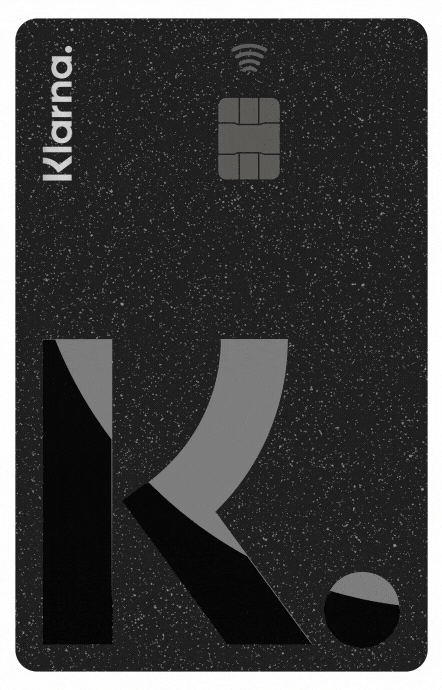Klarna Shopping
2019 – 2020
My Role
My journey at Klarna began in consumer banking, where I was initially joined for the launch of customer-facing banking products, including bank and savings accounts, mortgages, and sending money experiences. After successful product tryouts, I have been asked to lead the design for the Shopping project and US market expansion.
The Shopping project allowed payments with Klarna beyond integrated merchant partners. I joined a 12-person cross-functional team as the sole designer, succeeding a colleague who had departed. Our collective effort resulted in a comprehensive product that significantly contributed to Klarna's US market entry and future market expansion strategy.
Klarna Payments
Klarna's payment options extends beyond its well-known Buy Now Pay Later service. Customers can also use instant payment methods, including debit/credit cards and direct bank transfers, positioning Klarna as a direct competitor to solutions like PayPal.
Merchants have the flexibility to select specific Klarna payment methods for their checkout process, rather than implementing the entire suite, allowing for tailored financial solutions unique to their business needs.
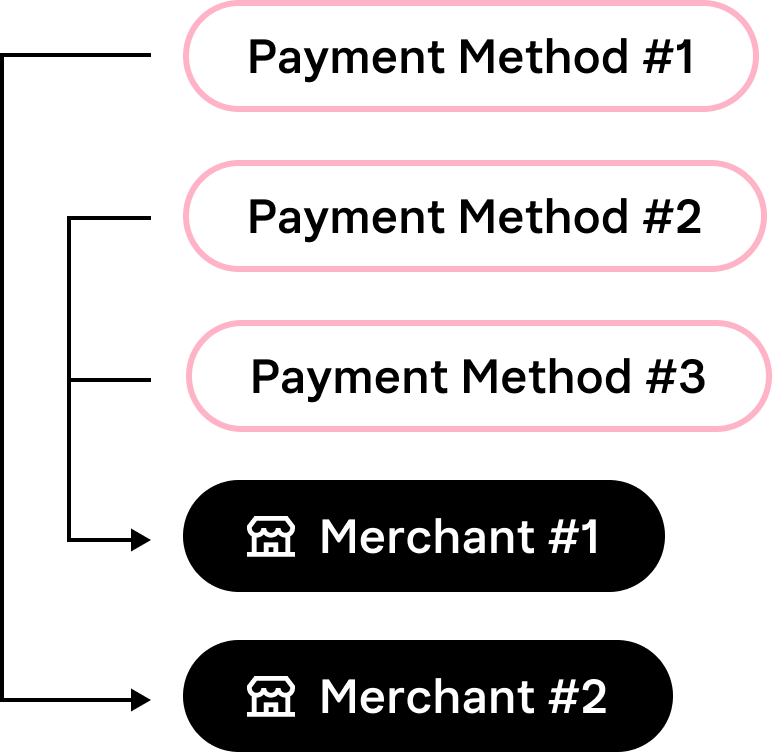
What is Shopping?
Klarna faced growth challenges in new markets, largely due to reliance on merchant integrations. To address this, the company's leadership initiated a task force to invest in a solution for shopping with Klarna independently of these integrations.
The Shopping initiative, as it was internally named, encompassed a holistic shopping experience—ranging from brand and item discovery, an in-app browser, a universal wish list, to the creation of disposable virtual credit cards.

Research
We conducted extensive market research before entering the US. Most importantly, we tested the usability of multiple production-ready versions of the app at testing centres in the US while recording every finger and eye movement of testers.
This provided us with significant insights into what wasn't working and allowed us to iterate quickly to find a nearly ideal solution for the app's first version at launch.
The Problem
After usability testing and focus group results in the US, it became clear that Shopping had not been understood as a unified journey. The product's key experiences—brand discovery, wish list creation, and payments—were treated as separate instead of parts of a seamless journey.
Consequently, brand discovery and wish list features felt isolated from the rest, and the payment experience seemed to be addressed only superficially.
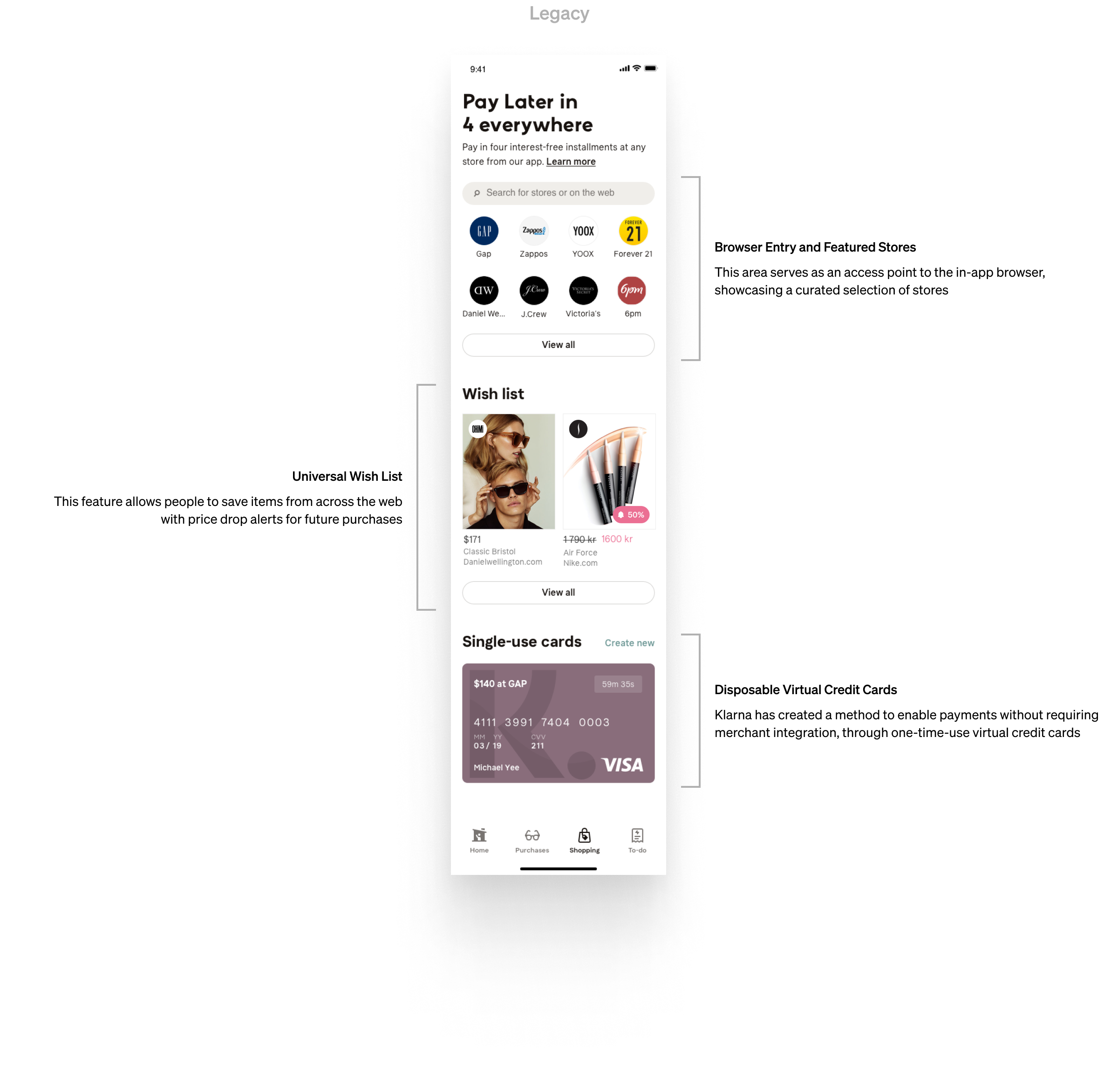
US Expansion
In 2017, Klarna's brand language went through a significant shift from blue to pink, marking a strategic transition from a business-first model to a consumer-first approach.
This change enabled us to experiment with market entry using new Shopping features, supported by a substantial marketing campaign, to introduce our first direct-to-consumer strategy.
Solution
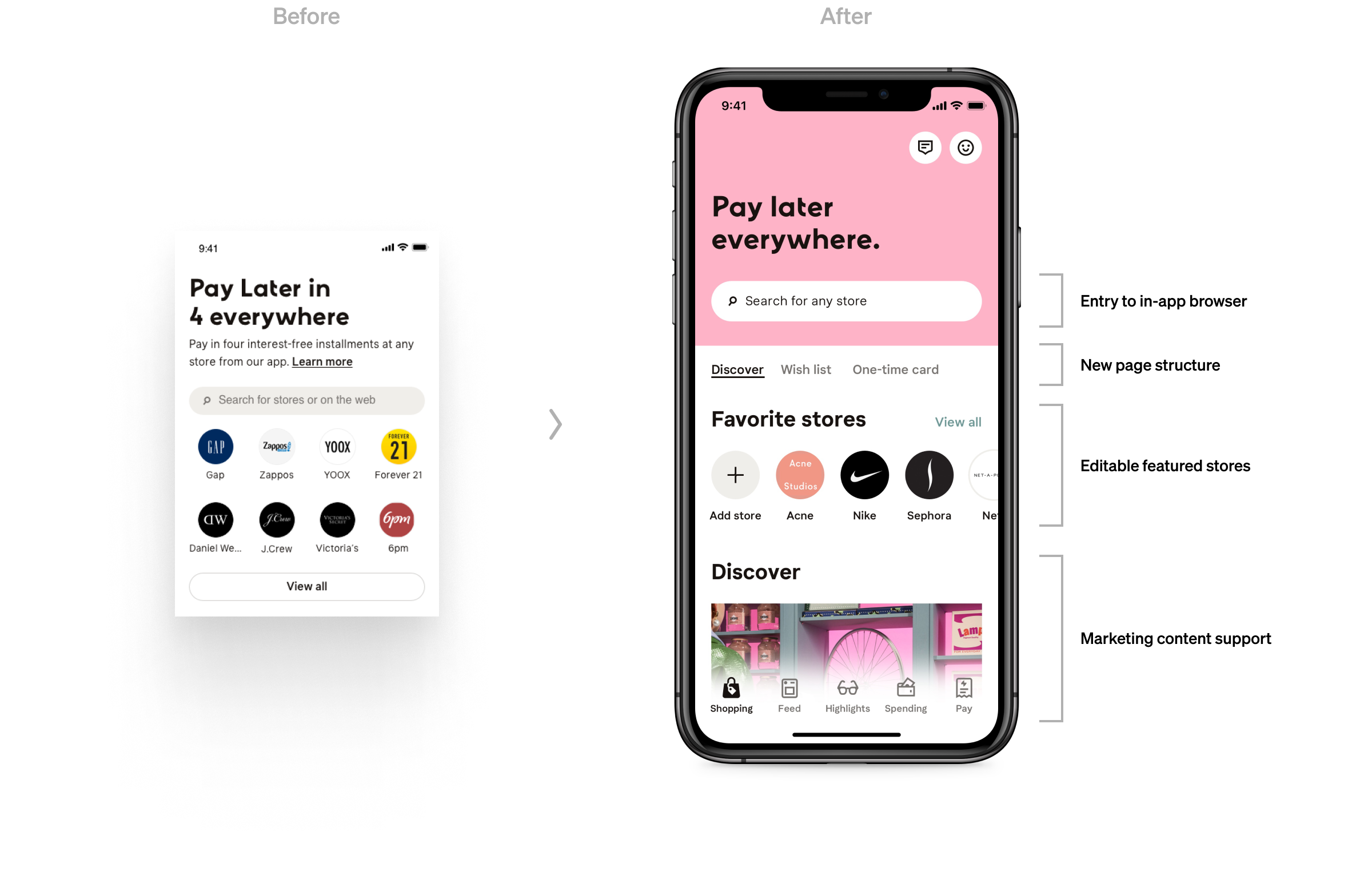
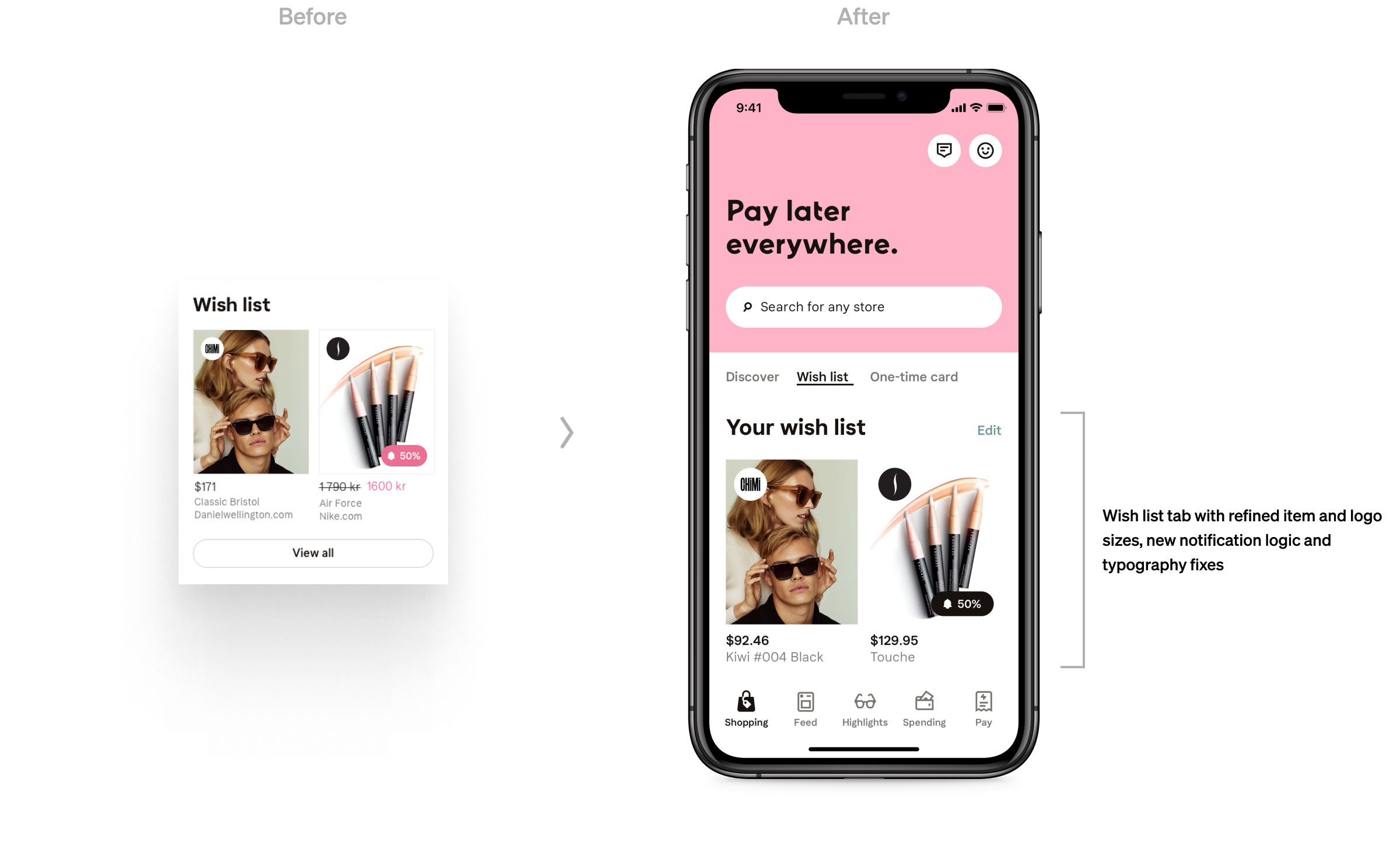



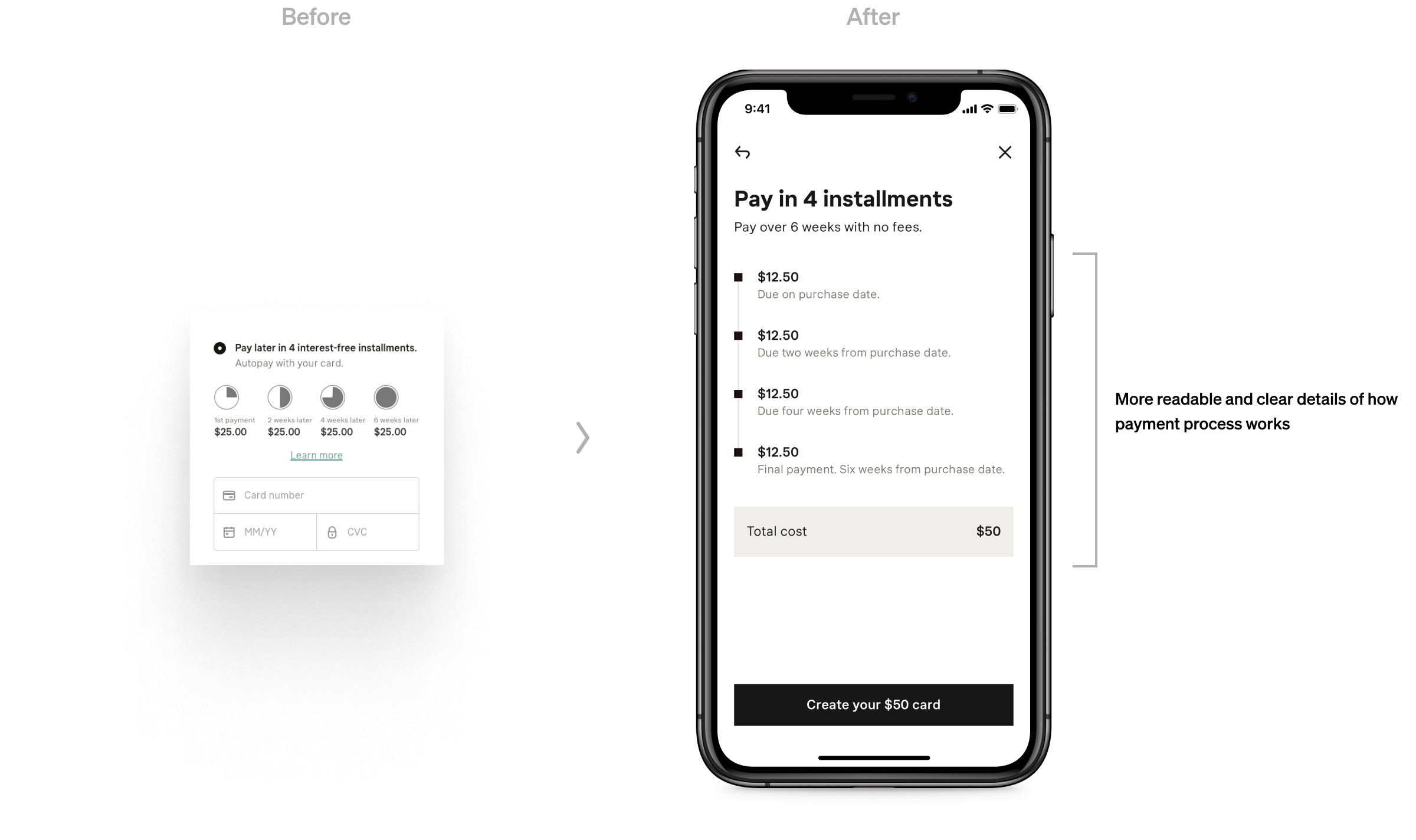
In-app Browser
The business strategy of in-app browser was to improve the retention by enabling shopping within the app, preventing the need to switch to external browsers.
This approach has introduced a new affiliate revenue stream for Klarna. Here is the initial version launched during the US expansion process.
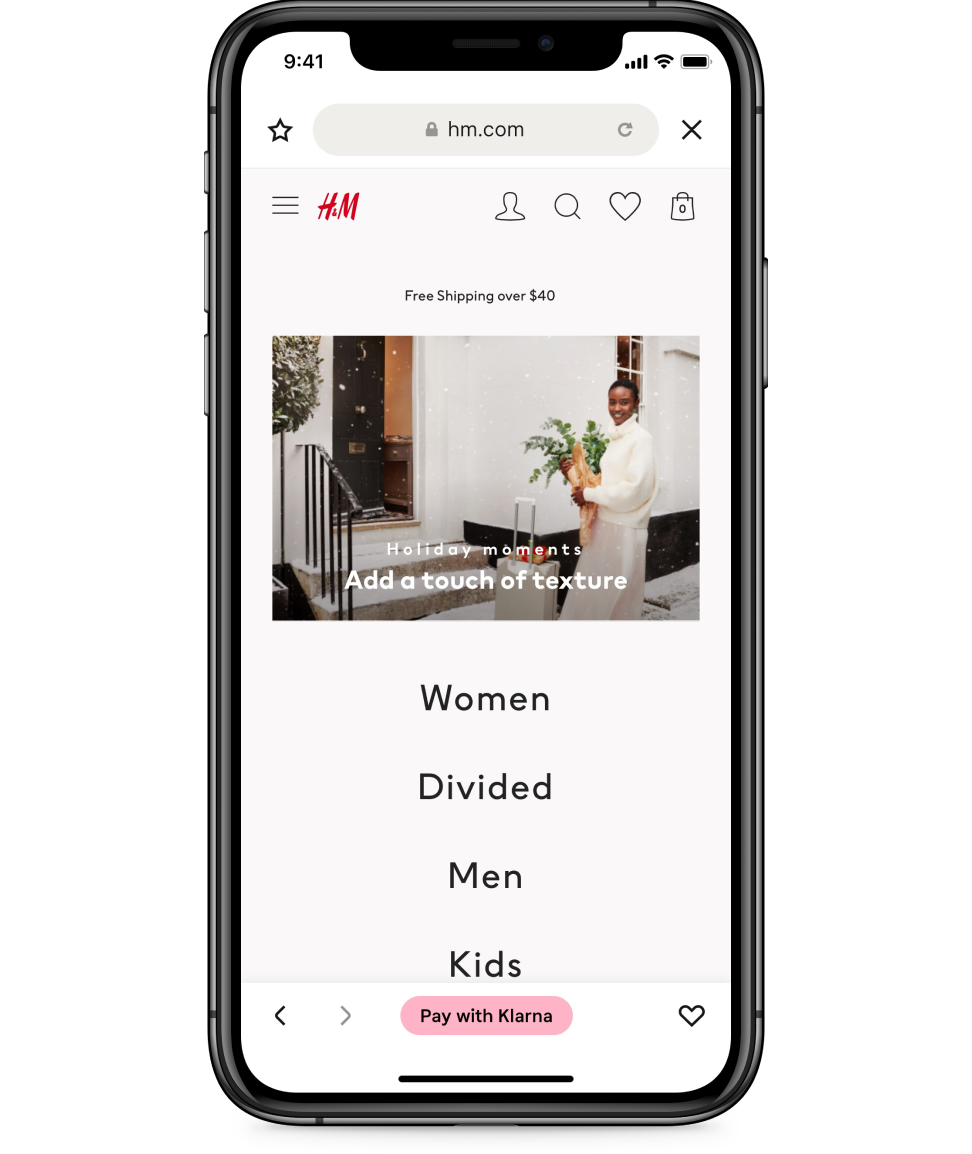
Assistant
To align with the business strategy and overcome the in-app mobile browser's limitations, we introduced Klarna Assistant—an automation feature that fills personal information during checkout process.
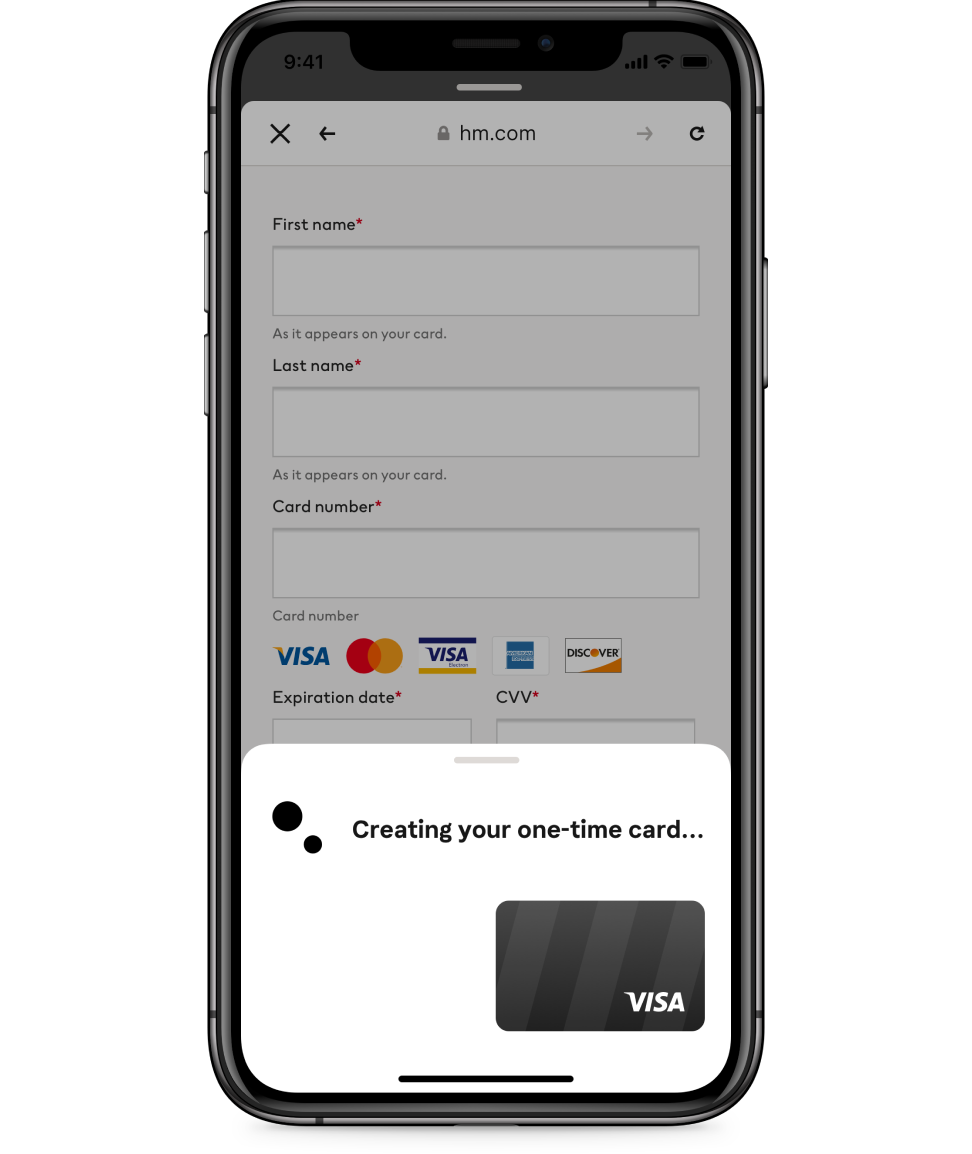
Assistant Branding
We have organised a four-person branding team on my guidance for the Klarna Assistant, consisting of a product designer, a brand designer, a motion designer, and a copywriter.
Together, we developed the assistant’s tone of voice, motion design language, and overall brand identity.
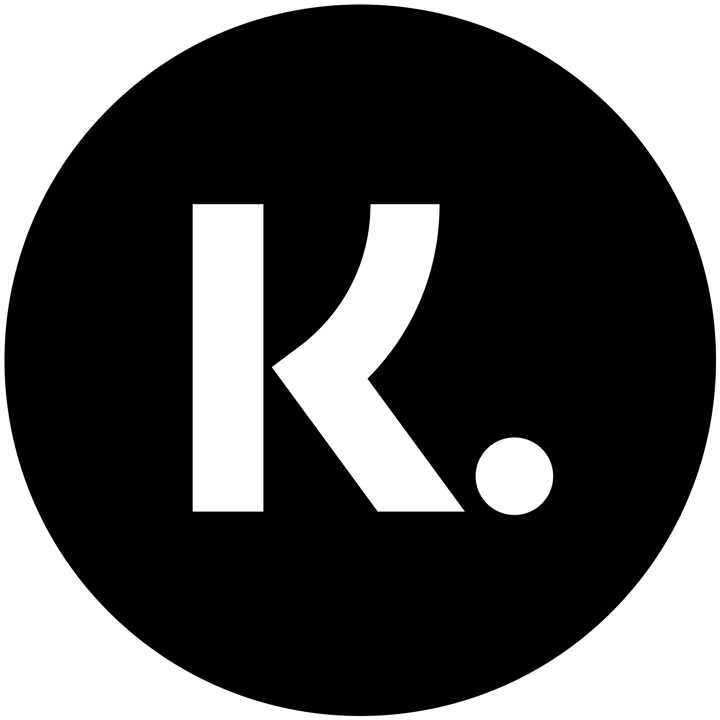
Marketing
Campaign
Klarna has a world-class brand and marketing teams. Before the US launch, marketing team identified the potential of the American drag queen culture as an explosive pop cultural movement where shopping holds a pivotal role and is celebrated rather than shunned.
Leveraging the insight, we targeted the community that consumes content from the movement. The result was a compelling, well-crafted software met with a creative campaign. We have reached millions of people both within and outside the drag community.


Results
Wish List
Number of wish-listed items in the first month of launch
2 million items
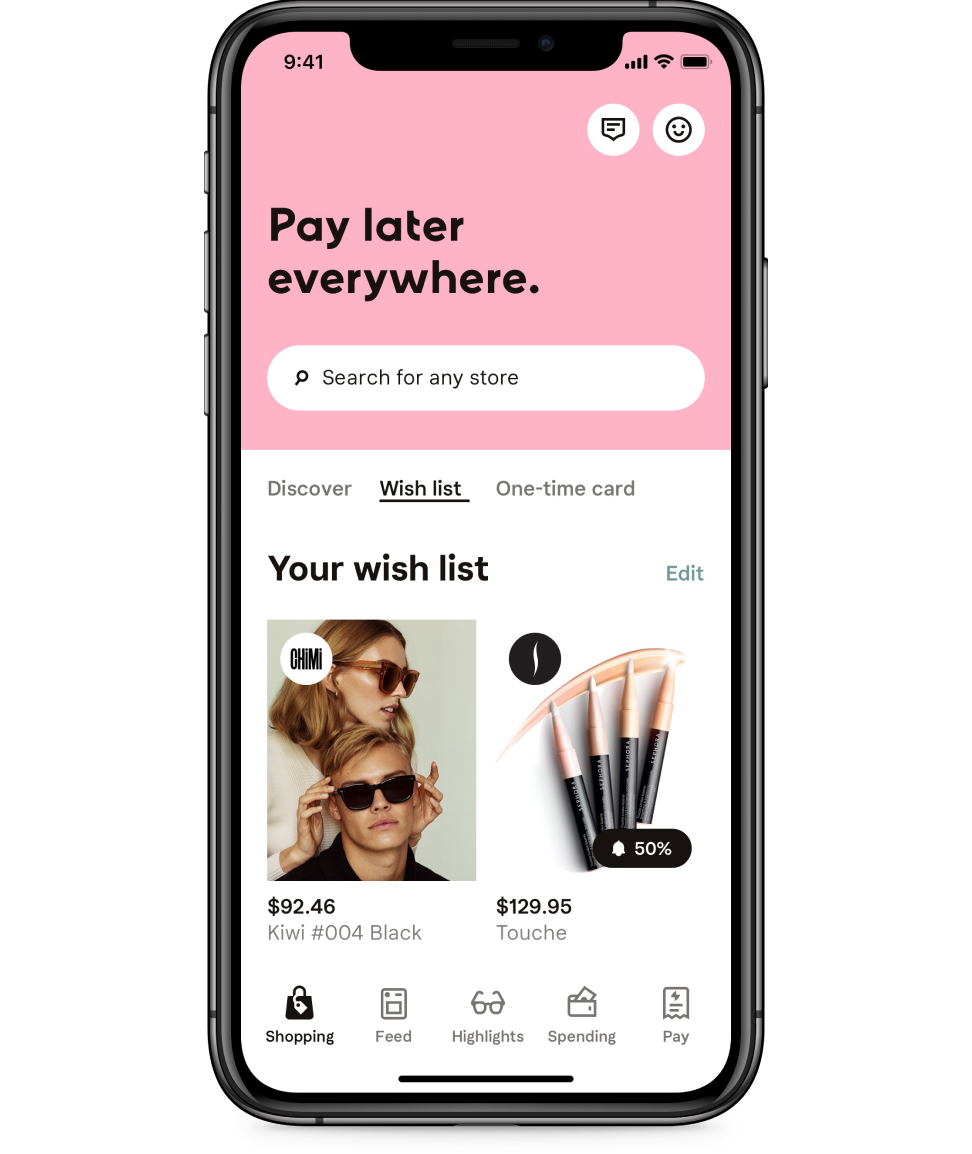
Shopping
Number of users who successfully purchased with a One-time card in the first month of launch
1 million users
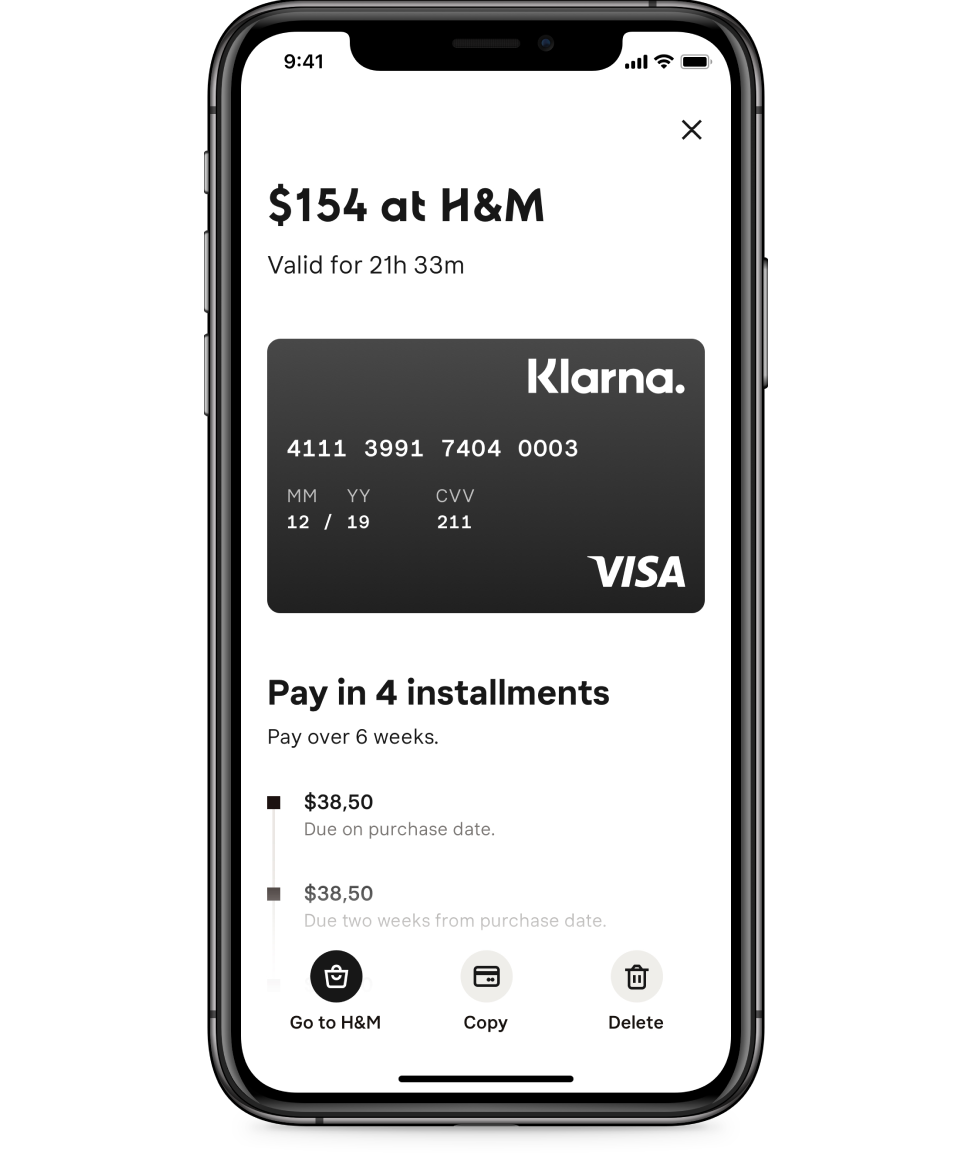
In-app Browser
Time at checkout from shopping bag to the point of purchase
~2 minute > ~18 seconds

Klarna Strategy
After the success of the Shopping project in the US, Klarna evolved from Smoooth Payments to Smoooth Shopping. This rebranding, along with a surge in millions of new customers in US, attracted thousands of merchants to integrate Klarna's payment solutions.
The US market has since emerged as Klarna's largest. The successful strategy for US market expansion served as a blueprint for entering new markets.

Then vs. Now
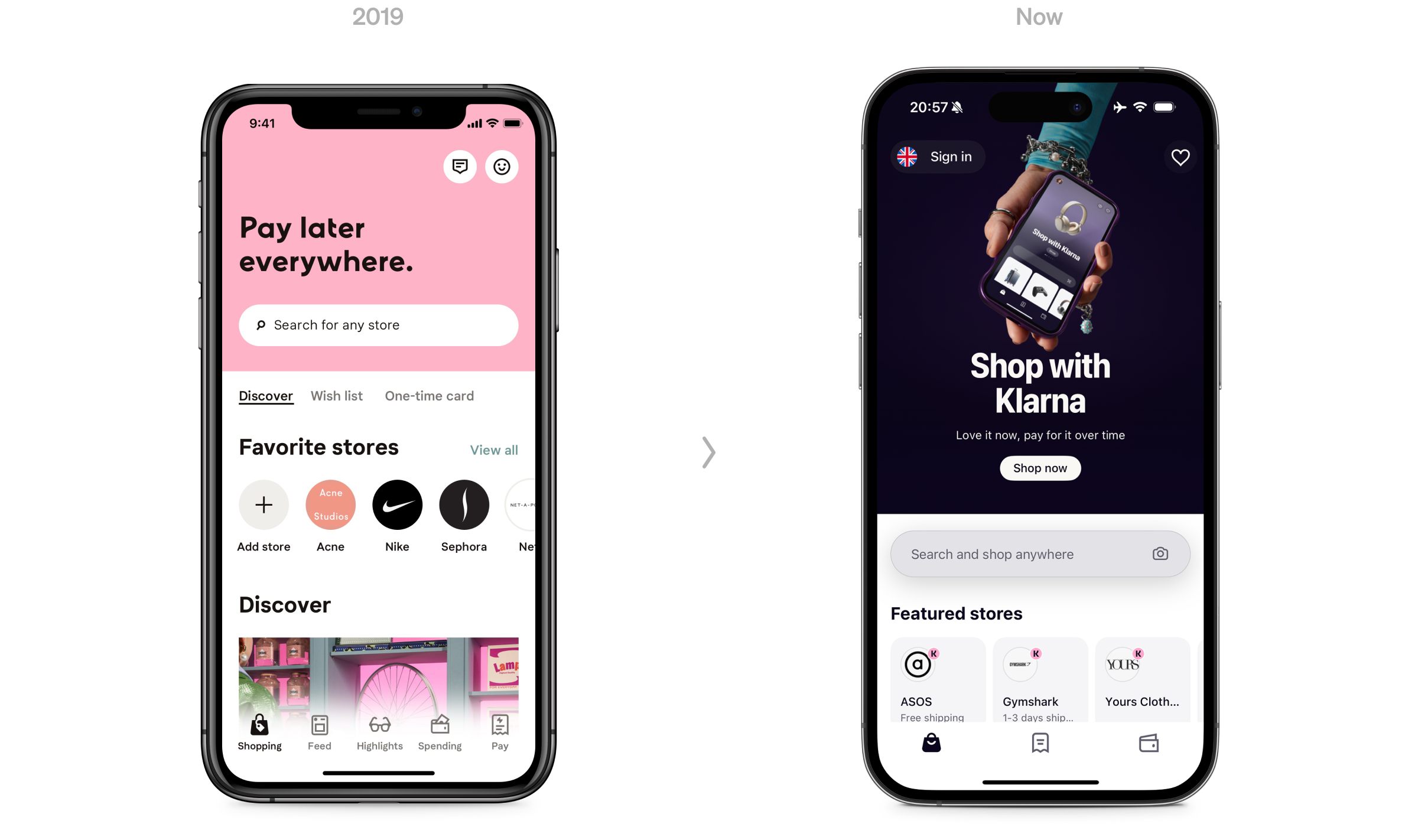
Challenges
Alignment within Klarna
Navigating Klarna's transition towards direct-to-consumer offerings posed unique challenges due to the experimental nature of these products and the absence of a definitive business roadmap.
Despite strong intuition guiding the management's decisions, influencing C-level executives was crucial in the middle of the uncertainty, making this project exceptionally difficult compared to other projects at that time.
Engineering quality
Design polishing often get deprioritised the closer the team gets to launch, functional bugs often took the priority.
Recognising this as a team ritual gap, I implemented a weekly design quality reviews. Understanding each engineer's interests allowed me to delegate tasks effectively, leading to swift and precise resolutions. The outcome was a highly polished, world class experience.
Retrospective
Communicate more broadly
Early collaboration with other product teams is critical to the broader ecosystem impact.
Initially, we got some pushback from payment and merchant teams due to concerns that Shopping is superseding their products. This resulted in affecting our collaboration efforts in the early stages.
Early open communications could have mitigated these perceptions.
After
Klarna Card
Following the successful launches, I was offered to lead the design of Klarna's consumer-facing card products, seen as a natural next step of the Shopping initiative.
As a Design Group Lead, I laid the groundwork for a scalable design framework, collaborated closely on strategy with Product and Engineering leaders, and expanded the team by hiring 8 new product designers, 1 content designer and 1 researcher.
One of our most notable achievements was the Klarna Card experience. Today, Klarna Card stands as a flagship consumer product, with tens of millions of users monthly.
